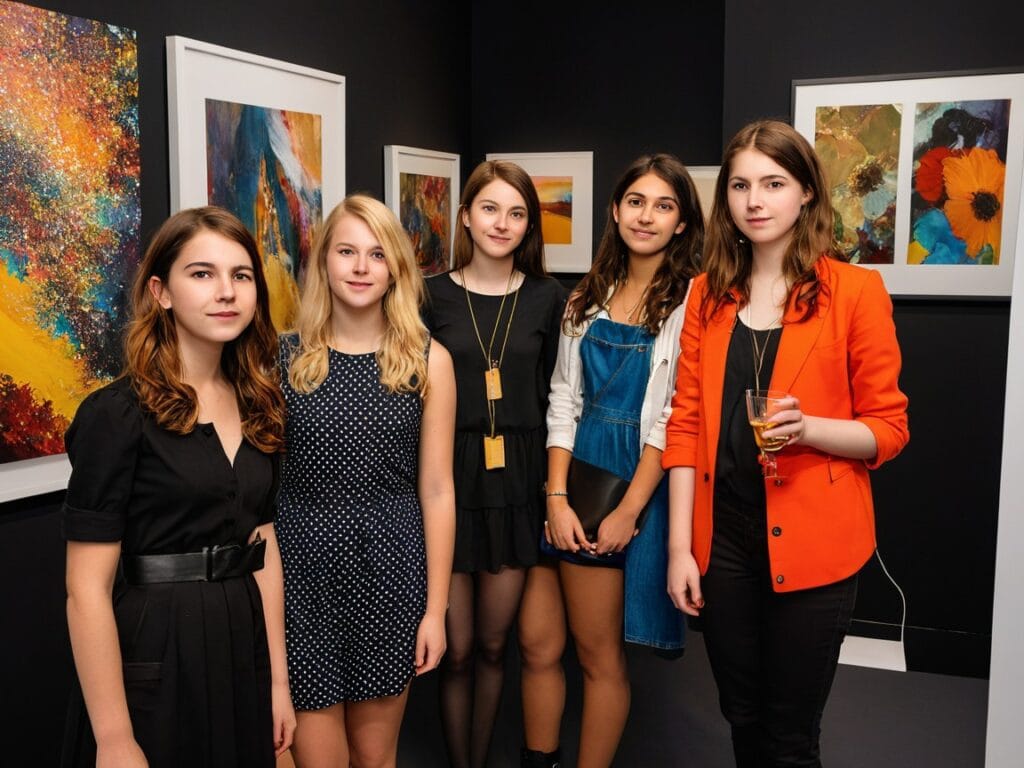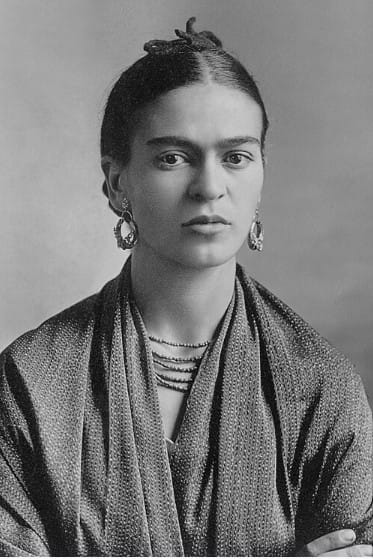Spotlight on African Artists: Their Impact on World Art
Introduction: A Continent of Creativity Rising on the Global Stage
The 21st-century art world is experiencing a powerful shift—one where African artists are finally receiving the recognition and influence they have long deserved. With rich cultural legacies, diverse visual languages, and bold contemporary voices, African creators are no longer on the fringes—they are at the very center of the global conversation. The focus keyword African artists in world art captures this transformation, as creators from across Africa continue to shape not only regional identities but also redefine international art movements.
Historically overlooked or misrepresented by Western institutions, African art is now breaking through colonial frameworks to assert its place in museums, biennales, galleries, and private collections worldwide. From ancient terracotta to Afrofuturism, African artists are offering fresh narratives, challenging established aesthetics, and celebrating the multiplicity of African identities. This post shines a spotlight on the remarkable impact of African artists in world art—past, present, and future.
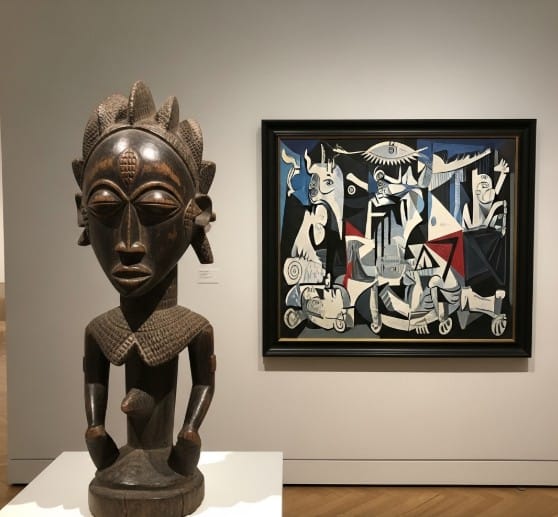
A Historical Legacy: The Global Roots of African Art
African art is not new to global influence; in fact, it has long inspired some of the most important Western modernists. In the early 20th century, artists like Pablo Picasso, Henri Matisse, and Amedeo Modigliani were captivated by African masks and sculptures, which directly influenced movements like Cubism and Fauvism. Yet, while African aesthetics fueled modernism, African artists themselves were largely excluded from the conversation.
That imbalance is now being redressed. Today, scholars and curators recognize that the contribution of Africa to modern and contemporary art is foundational, not fringe. Institutions are working to repatriate artifacts and recontextualize exhibitions. At the same time, African artists are reclaiming their visual heritage, asserting authorship, and shaping new global dialogues rooted in identity, resistance, and innovation.
Contemporary Pioneers: African Artists on the Global Radar
The rise of African artists in world art is most evident in the careers of leading contemporary creators who now feature prominently in top galleries, auctions, and biennales. Artists like El Anatsui, Yinka Shonibare, Wangechi Mutu, and Ibrahim Mahama are creating works that bridge local narratives with global relevance.
El Anatsui, from Ghana, transforms discarded materials like bottle caps into massive shimmering tapestries that explore themes of consumption, colonialism, and transformation. His works are in permanent collections at the Metropolitan Museum of Art, the Tate Modern, and other top institutions.
Yinka Shonibare, a British-Nigerian artist, is known for his use of Dutch wax fabrics in sculptures and installations that interrogate colonial history, class, and cultural hybridity. His work challenges Western notions of authenticity and celebrates diasporic identity.
These artists are not just succeeding individually—they are expanding the global understanding of what African art is and can be. Their works are not confined to national identity but address universal themes through a distinctly African lens.
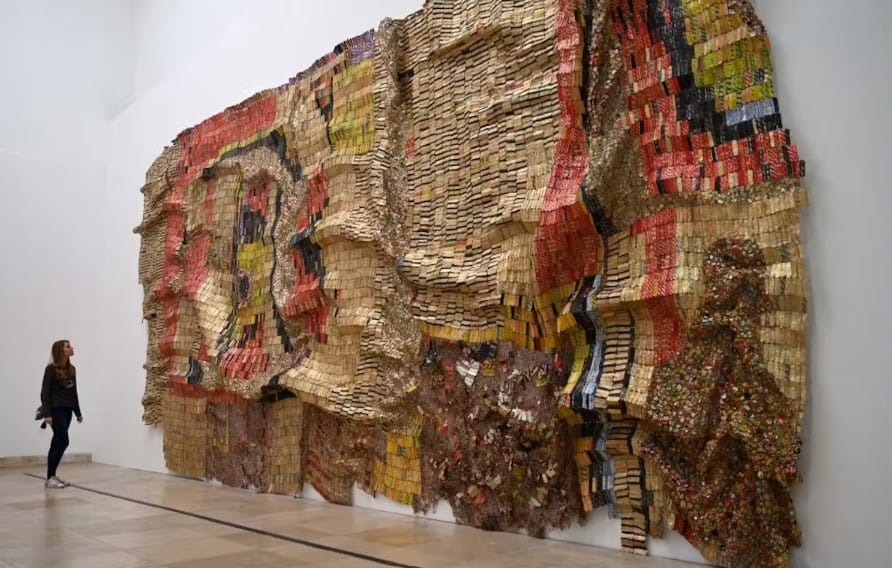
The Power of the African Diaspora
The African diaspora plays a crucial role in amplifying African perspectives within global art spaces. Artists born in Africa but living and working in Europe, the United States, and the Caribbean often use their practice to bridge cultures and question colonial legacies.
One of the most influential voices in this space is Kerry James Marshall, an African-American artist whose large-scale paintings celebrate Black life and confront the erasure of Black subjects in art history. His work has paved the way for greater representation and inspired a new generation of Black artists.
Njideka Akunyili Crosby, a Nigerian-born artist based in Los Angeles, merges collage, drawing, and painting to depict everyday scenes of diasporic life. Her layered works speak to cultural hybridity, memory, and the complexities of identity. Her art is held in major collections such as the Whitney Museum and the National Gallery in London.
The diaspora is not simply an extension of African art—it is a vital, dynamic space where traditions are reinterpreted, histories are reclaimed, and new futures are imagined.
Afrofuturism and New Visual Languages
One of the most exciting contributions of African artists in world art is the rise of Afrofuturism—a genre that fuses African culture, science fiction, technology, and speculative histories. Artists like Wangechi Mutu, Osinachi, and Cyrus Kabiru are at the forefront of this movement, using art to explore what African futures might look like beyond colonial paradigms.
Kenyan artist Cyrus Kabiru creates intricate, futuristic eyewear sculptures using found objects, commenting on consumer culture and environmental degradation while reimagining African identity. Nigerian digital artist Osinachi is a pioneer in the NFT space, using Microsoft Word as his primary tool to create vibrant, socially conscious digital portraits.
Afrofuturism empowers African artists to move beyond narratives of suffering and poverty, offering visions of strength, innovation, and cosmic exploration. These works are redefining Black identity in the digital age and positioning Africa as a leader in the future of global visual culture.
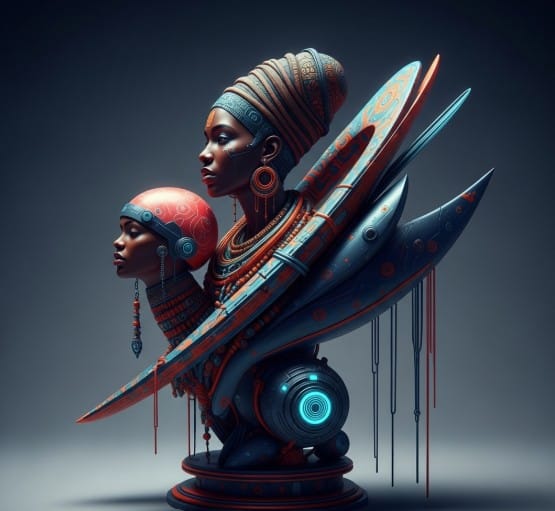
Reclaiming Narratives: Political and Social Commentary
Many African artists today are using their work as a platform for activism—addressing issues like corruption, gender inequality, environmental justice, and post-colonial trauma. Art becomes a form of resistance and truth-telling in societies where freedom of expression may be limited.
Ibrahim Mahama, from Ghana, is known for covering buildings with jute sacks once used to transport cocoa and coal. These installations highlight labor, trade, and the material conditions of post-colonial economies.
Zanele Muholi, a South African visual activist and photographer, documents the lives of Black LGBTQ+ individuals through powerful portraiture. Muholi’s work is deeply personal yet globally resonant, advocating for visibility, dignity, and justice.
This wave of politically conscious art is not limited to Africa; it resonates globally and encourages international audiences to engage critically with systems of power and representation.
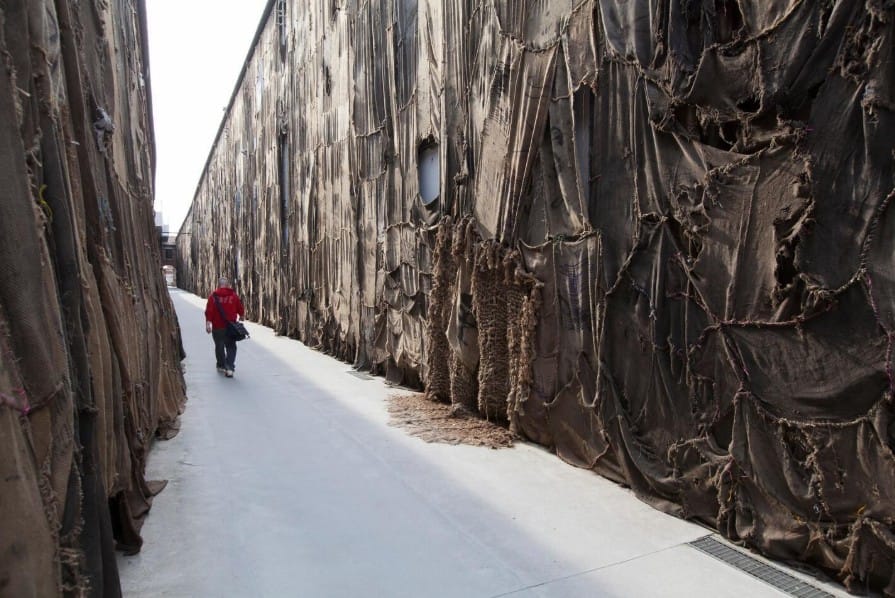
African Art Institutions and Global Integration
The rise of African artists in world art is also supported by a growing network of institutions, galleries, and fairs within the continent. Organizations like Zeitz MOCAA in South Africa, RAW Material Company in Senegal, and the Lagos Photo Festival in Nigeria are nurturing talent and providing platforms for international visibility.
Meanwhile, global institutions are expanding their African art departments. The Tate Modern, MoMA, and the Smithsonian all have growing African contemporary collections. International art fairs like 1-54 Contemporary African Art Fair have helped elevate African artists into global markets and critical discourse.
This structural support ensures that African artists are not merely trends but long-term contributors to global artistic development.
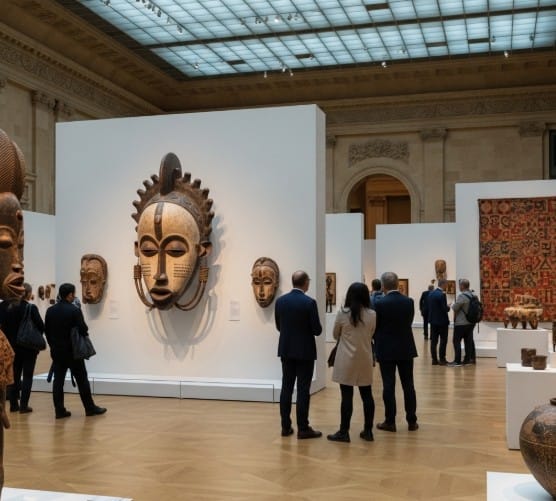
The Market Shift: African Art as a Global Investment
The art market has seen a surge in demand for African art. Auction houses like Christie’s and Sotheby’s now feature dedicated African art sales, with record-breaking results. Works by artists such as Amoako Boafo, Julie Mehretu, and Aboudia have seen explosive value increases.
Collectors and curators are recognizing that African art is not just culturally significant but also financially valuable. This shift in perception further cements African artists’ roles in shaping the future of global art.
Yet, with increased market attention comes the responsibility to ensure equitable representation, fair compensation, and the protection of artistic integrity. Many African artists and curators advocate for more ethical models that prioritize community and creative autonomy.
Education and Representation in Global Curriculums
Art schools and academic institutions are beginning to decolonize their curriculums by integrating African art history and theory. This educational shift is crucial for long-term change, as it influences how new generations of artists, scholars, and curators understand global art narratives.
Exhibitions like “African Metropolis” and “The Rise of Modernism in Africa” have helped expose global audiences to lesser-known histories and artists, encouraging a more inclusive and accurate understanding of world art.
African artists are not just creating—they are teaching, writing, and curating, actively shaping the intellectual frameworks that define contemporary art.
Conclusion: A Future That Includes All Voices
The presence and impact of African artists in world art is not a fleeting trend—it is a long-overdue correction and a powerful movement toward a more inclusive, diverse, and vibrant global art scene. From traditional sculpture and Afrofuturist visions to political activism and digital innovation, African artists are redefining the present and future of creativity.
Their work transcends borders, mediums, and languages. It asks us to rethink what art is, who makes it, and whose stories deserve to be told. The world is watching, learning, and finally listening—and the future of global art is stronger for it.
For more on contemporary African art and exhibitions, visit 1-54 Contemporary African Art Fair.
Explore our global art collection inspired by diverse cultural narratives at ISKUSS—where tradition meets contemporary expression.
